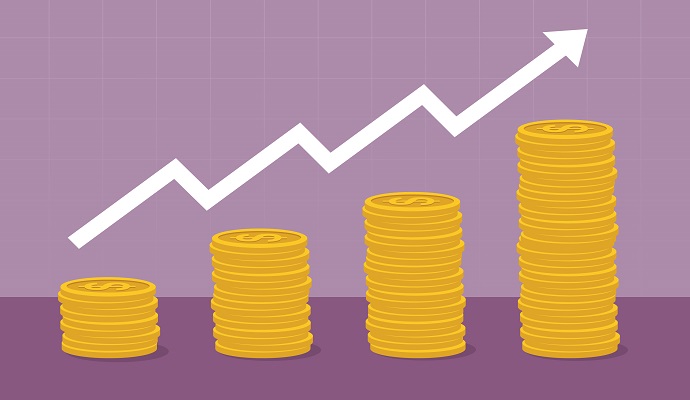US Spending on Specialty Drugs Increases Year Over Year
Spending on specialty drugs has increased significantly in the US year over year for the three largest payers for drugs: Medicare Part D, Medicaid, and private insurance.

Source: Thinkstock
- Specialty drugs accounted for 37.7 percent of retail and mail order prescription spending net of rebates in 2016-2017, a recent Health Affairs study found.
Researchers leveraged nationally representative data from 2010 to 2017 to shed light on how spending on retail specialty drugs have grown in the US for the three largest payers for drugs: Medicare Part D, Medicaid, and private insurance.
In the report, specialty drugs were classified as injectables, biologics, and other drugs that require specialized administration handling or ongoing clinical assessment.
By 2016–17, net spending on specialty drugs accounted for 31.5 percent, 37.8 percent, and 43.6 percent of net spending for all retail drugs for Medicare Part D, Medicaid, and private drug coverage, respectively.
These findings complement the IQVIA Institute for Human Data Science’s finding that specialty drugs accounted for approximately half of combined gross total spending on retail, mail-order, and provider-administered drugs in 2018.
Researchers noted that these drugs are predicted to account for even more spending in the future as manufacturers seek approval for new specialty drugs currently under development.
Although rebates are a large portion of total spending on specialty drugs and result in an increasing difference between gross and net spending, they are not part of the transactions that happen at pharmacies and are not reflected in general data on spending.
Rebates calculated as a percentage of list prices create an incentive to raise prices paid at pharmacies, so trends in retail prices paid at pharmacies may be misleading, researchers noted.
For example, in 2016–2017, average annual rebates for Medicare Part D totaled $14.9 billion, which represents a 30 percent of gross spending, while rebates for private insurance totaled $18.5 billon, 24 percent of gross spending, and rebates for Medicaid totaled $9.0 billion, 53 percent of gross spending.
In contrast, gross spending on retail specialty drugs had a slower growth rate among Medicaid beneficiaries (49 percent) than among Medicare Part D beneficiaries (227 percent).
From 2010-2011 to 2016-2017, spending net of rebates tripled for Medicare Part D beneficiaries, from 0.9 percent to 1.8 percent, and more than doubled for individuals with private insurance, from 1.0 percent to 2.7 percent.
Additionally, spending net of rebates increased from 1.4 percent to 2.6 percent of fills for Medicaid beneficiaries.
Overall, researchers found that average annual gross spending on retail specialty drugs for the overall population more than doubled in the study period, from $61.1 billion in 2010–11 to $157.3 billion in 2016–2017.
Specifically, Medicare Part D net spending increased from $11.3 billion to $35.4 billion and for private coverage, net spending increased from $24.6 billion to $57.6 billion.
Researchers highlighted that these results can help inform decision makers as they strive to balance the costs and benefits of innovative drugs.
“Policies and guidance from the Food and Drug Administration and proposed legislation have focused on efforts to increase competition by bringing generic and biosimilar drugs (biologic drugs that can substitute for other biologic drugs) more quickly to the market,” researchers said.
“Policy makers face trade-offs between maintaining incentives to develop specialty drugs and paying for growing prescription drug spending. Similarly, private payers face trade-offs between funding specialty drugs that improve the health of small but growing numbers of patients and premium growth for all. The information provided here on trends in specialty drug spending net of manufacturer rebates can help inform decision makers as they strive to meet those competing goals.”
